
Muladhara Chakra

In Sanskrit, Mula means “root ” or “base,” Dhara means "support" and Chakra means “wheel” or "vortex of Prana" meaning "life force energy."
The Root Chakra as it it also referred to as is the first energy center, located between the genitals and the anus and is seen as the framework of the individual existence of humanity, giving us an outlet to express ourselves as an individualized being as well as a platform to more elevated levels of understanding.
This energy center is where Kundalini resides, representing the unique faculty of self awareness and understanding that normally remains unused. This understanding comes from Yoga, while the Buddhist see the Kundalini as residing in Manipura Chakra.
This is because they see the start of a spiritual path with Manipura Chakra, considering Muladhara and Svadhisthana Chakras as mainly instinctive and little awareness.
The Sushumna Nadi or the central Nadi meaning "energetic pathway" that starts in this Chakra, ending in Sahasrara Chakra and is the channel that the Kundalini uses to move up from Chakra to Chakra.
This energy center is associated with our survival instincts, basic needs, security, shelter, food, fight or flight response as well as the immune system, bones, legs, feet and the rectum.
This Chakra is also linked to the unconscious mind and is the store house of Karmas meaning "actions" from past lives.
Essential Information
Practices for the Root Chakra
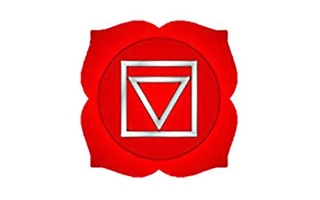
The following practices are intended to clear and balance Muladhara. You are encouraged to use these practices individually or combine them together with other practices for a more effective practice. As you go about your day, you can also bring your awareness to this Chakra. This practice is sometimes referred to as Muladhara Yoga.
The Bija Mantra or seed Mantra for the Chakra is LAM. Chanting this Mantra during practice and while in a walking state will help to clear and balance this Chakra. While chanting this Bija Mantra, visualize the color red at this Chakra.

The Sacral Chakra is the second energy center, associated with our emotions and allows us to feel and experience the world around and within us.
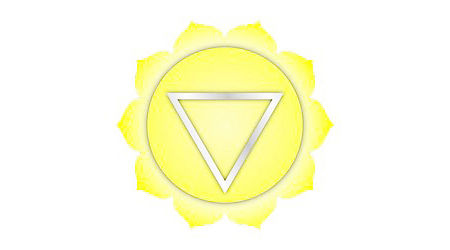
The Solar Plexus Chakra is the third energy center, associated with the development of personal power, feeds one’s direction in life and the actions taken in order to reach your goals.
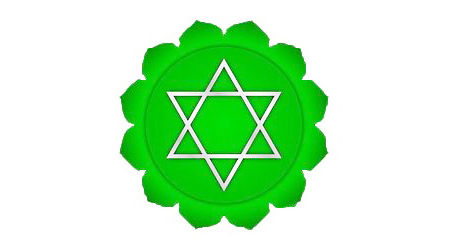
The Heart Chakra is the fourth energy center, associated with the immune system, compassion, unconditional love, tenderness, balance and equilibrium.
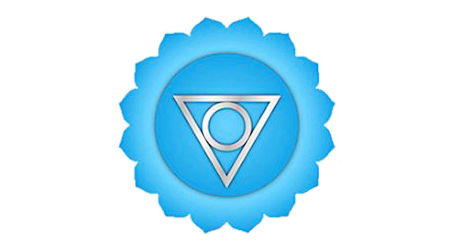
The Throat Chakra is the fifth energy center, associated with speech, communication, the voice of the heart, discrimination, acceptance, forgiveness and growth through expression.

The Third eye Chakra is the sixth energy center, associated with the archetypal dimensions as well as the realm of spirits while being an instrument to perceive the more subtle qualities of reality, the seat of intuitive sensibility and inner perception.
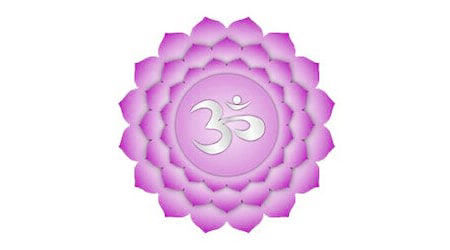
The Crown Chakra is the seventh energy center, associated with inner wisdom, end of physical attachments, release of all Karma, of illusions as well as the Guru within.